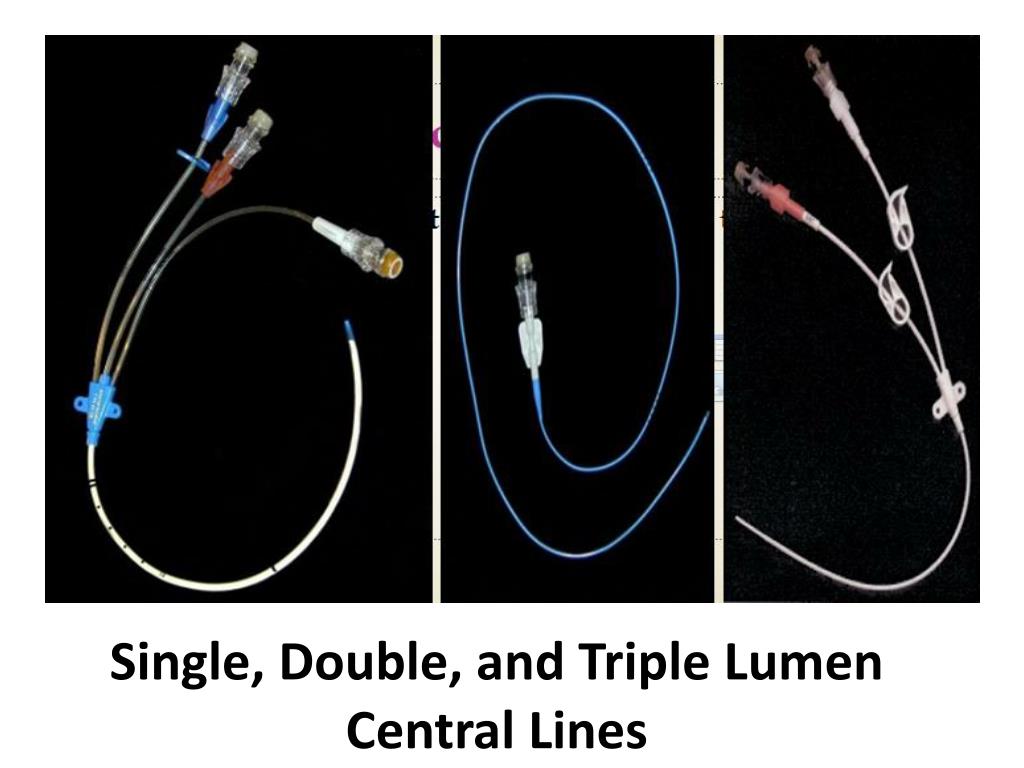
In order to circumvent these drug incompatibility issues we propose a novel administration method called multiplex infusion. When the number of available lumens is too low to facilitate the safe administration of these solutions, additional (peripheral) IV catheters are often required, causing physical discomfort, increasing the risk for catheter related complications, increased workload and associated treatment costs.

As drugs or their solvents are frequently chemically incompatible, many solutions must be administered through separate lumens in order to avoid precipitation or inactivation of components. In the intensive care unit (ICU), operating rooms, and in oncology wards patients usually receive multiple IV solutions simultaneously from multiple infusion pumps. Utilizing an infusion pump, solutions are typically delivered into the bloodstream at a preset and fixed rate. Intravenous (IV) therapy is one of the most common treatment modalities in hospitals worldwide.

The multiplex algorithm allows for more efficient use of IV lumens compared to the conventional multi-infusion strategy. The multiplex algorithm addresses a major issue that occurs in ICUs, operating rooms, oncology wards, and many other hospital departments where several incompatible drugs are infused through a restricted number of lumens. In 27% of all drug combinations, and 61% of the unique combinations the multiplex algorithm required fewer lumens ( p 3 lm, versus 12% using the conventional procedure. The mean ± SD number of simultaneous IV solutions was 2.8 ± 1.6. We used data from 175,993 ICU drug combinations, with 2251 unique combinations received by 2715 consecutive ICU patients. The number of lumens required by the conventional procedure (L CONV) and multiplex algorithm (L MX) were compared.

The conventional scheduling procedure executed by ICU nurses was used for comparison. MethodsĪ multiplex algorithm was developed that schedules the alternating IV administration of multiple incompatible IV solutions through a single lumen, taking compatibility-related, pharmacokinetic and pharmacodynamic constraints of the relevant drugs into account. Our objective was to develop and evaluate an algorithm designed to reduce the number of intravenous lumens required in multi-infusion settings by multiplexing the administration of various parenteral drugs and solutions. When the number of available lumens is too low to facilitate the safe administration of these solutions, additional (peripheral) IV catheters are often required, causing physical discomfort and increasing the risk for catheter related complications. As drugs or their solvents are frequently chemically incompatible, many solutions must be administered through separate lumens. Multi-drug intravenous (IV) therapy is one of the most common medical procedures used in intensive care units (ICUs), operating rooms, oncology wards and many other hospital departments worldwide.


 0 kommentar(er)
0 kommentar(er)
